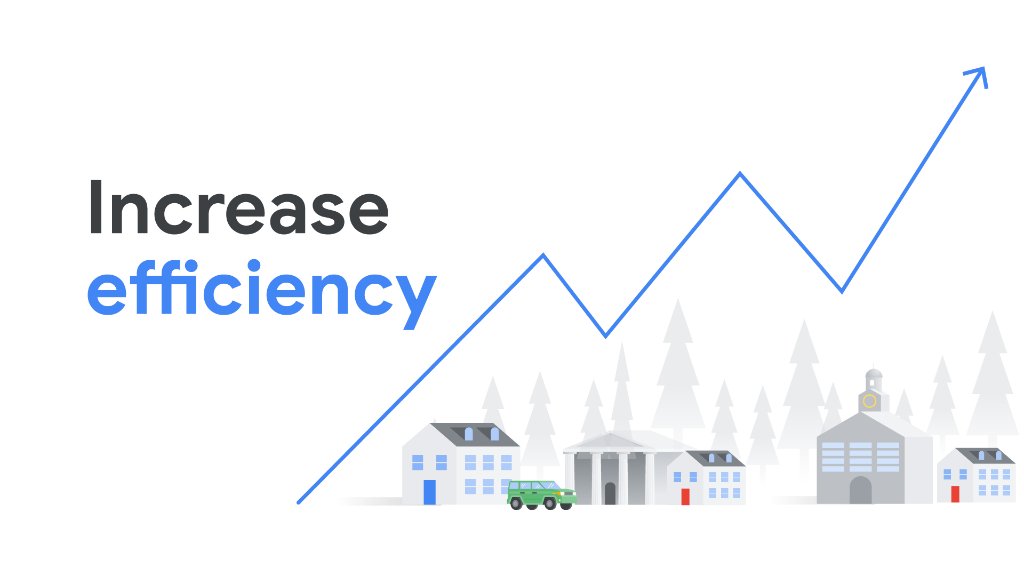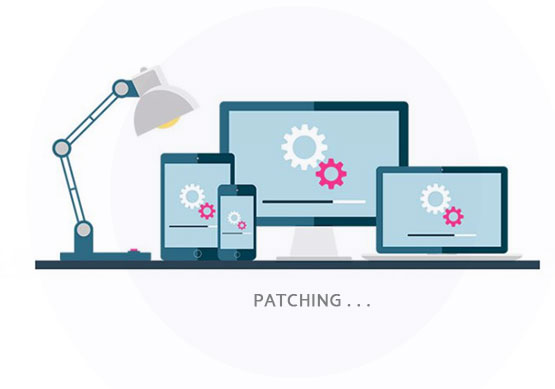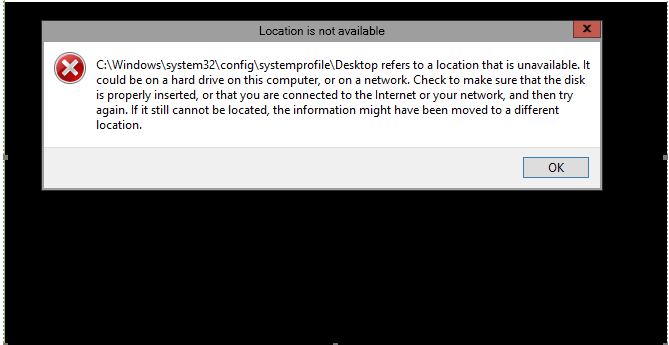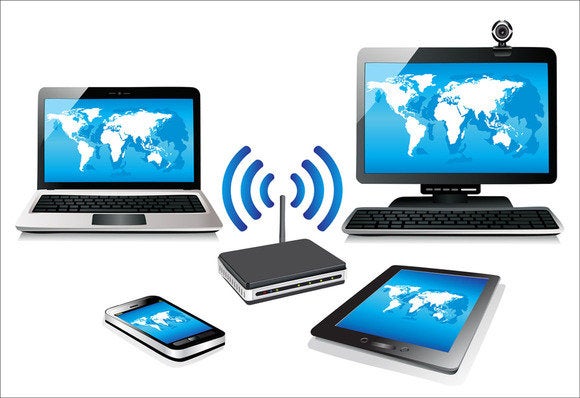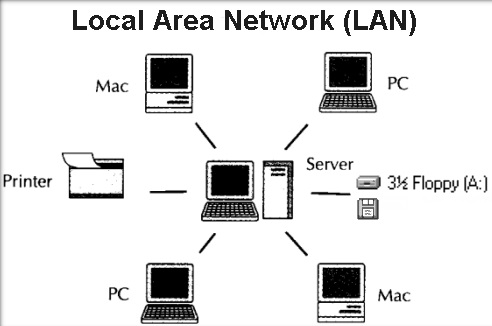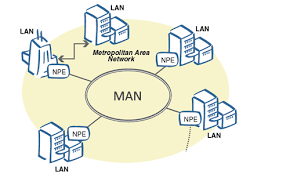What is netizen?
A netizen is someone who uses the internet for any reason. They are someone who uses something online like Facebook, Twitter,Instagram and everything in the Internet including e-mail.
Why is it important to be a responsible netizen in using media?
It is important for us to be responsible in using media to avoid the risk of being in danger when using the media.
Being a responsible netizen means you need to respect everyone using the internet. It is very important for us nowadays, because some of us are not using the media right and responsibly. We must also be careful of what you say and aware of what you are posting because everything that you post online can put at risk.
Before using social media sites always think, always observe and think the information that you’ve seen in media if it is true. This will help us to be responsible in gathering the right informations in socil media.
Think and see if the information or the media is useful for you. This will help us to be liable in deciding if you really need the information that you’ve seen in the media.
Always think if the information from the media is informative or just an useless things. This will help you to use the media to gather reliable information and not just for entertainment and nonsense things.
Think if it is really needful for you. Always think if you really needed the information before using it or gathering the information. Don’t use the social media in nonsense things,use it for information or communication purposes.
These tips are surely help each and every one of us to be a responsible netizen in using media. Do not abuse the use of social media use it in a right and responsible way. So better watch what you post in social media . And always remember to “THINK before you click”.






